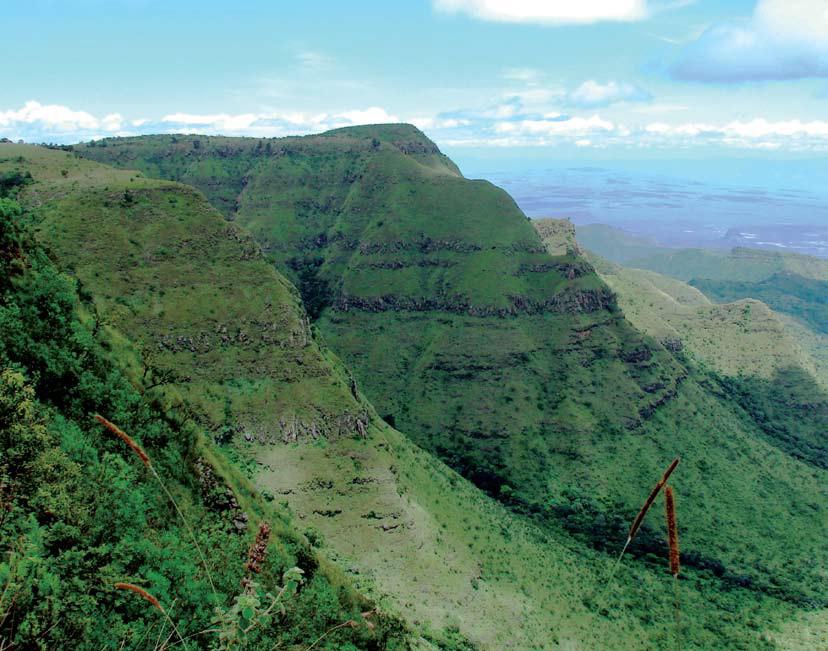Iregi Mwenja
Other projects
9 May 2008
The Distribution and Conservation Status of the Endangered Mt Uarges Guereza and the de Brazza’s and Sykes’ Monkey in Mathews Range, Leroghi and Ndoto Forests of Samburu
8 Dec 2009
Conservation of the Endangered Colobus Guereza ssp. Percivali and the Newly Discovered de Brazza’s Monkey Population through Awareness Rising and Communication of Research Findings in Samburu
Thus the primary goal of this pioneering study is to determine the size and conservation status of the De Brazza population in Mathews Range Forest Reserve in order to come up with conservation priorities and management recommendations.

The Mathew Ranges De Brazza population was only “discovered” a few years ago. Its isolated habitat lies outside the species known ecological and geographic range in Africa - East of the Great Rift Valley. This satellite population has been separated from the rest of the De Brazza population – an equatorial Africa, for millions of years ago, prompting suggestion that it could even be new sub-species.
Thus the primary goal of this pioneering study is to determine the size and conservation status of the De Brazza population in Mathews Range Forest Reserve in order to come up with conservation priorities and management recommendations.
The project sets out to achieve the following aims:
1) Provide information that will be used by the Kenya Wildlife Service, Institute of Primate Research and Kenya Forest Service to actively protect and conserve this group by; opening up a base there to monitor the species, protecting the habitats from human encroachment and initiating an ecological monitoring program;
2) Locate and establish the size and the population structure of the De Brazza in Mathews to provide crucial information for future studies, monitoring and conservations efforts;
3) Establish the viability of the population in this habitat to determine what type human interventions are needed and whether some can be used to diversify the gene pool in other isolated populations elsewhere targeted for translocation in future;
4) To identify threats, if any, to the species and its habitat and make recommendations on the appropriate mitigative measures through an integrated conservation programs;
5) Explore possibilities of this habitat’s potential to accommodate vulnerable groups outside protected areas that need to be relocated.
Local communities, organisations or individuals will get the following benefits from this project:
a) Socio-economic gains; the rapidly expanding eco-tourism market for northern Kenya needs to be explored further as an economic incentive to the community to support conservation. This has worked really well in neighboring Namunyak, and Ilgwesi community conservancies;
b) Environmental benefits; this study will recommend protection of the Mathews range which act as the catchment and source of rivers in the area which will inturn benefit the community in its catchment;
c) Generation of ecological information on this habitat which will be critical to local conservation organizations operating there.